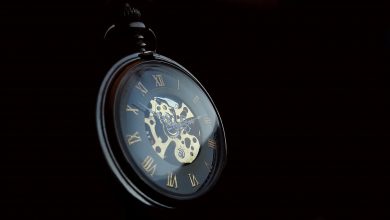
The development of science goes through several ways…
The method that we know the most is that many scientists concentrate on a problem like a well with a needle. Today hundreds of thousands of scientists work in many fields such as cancer war, fuel cells, space research, high-tech materials. Most people make very little contributions to our knowledge treasure. Fewer researchers aim to reach the bigger picture from these contributions. But in the end, science progresses, albeit slowly, sometimes rapidly.
Accidental discoveries
Another way is called “serendipity” in English. So it’s actually the answer to understanding or solving a different problem while researching something else. The most well-known example of this is penicillin: When Alexander Fleming returns from a trip, a mold grows in a container containing staphylococcus in his laboratory and this mold stops the growth of staphylococcus. Although the transformation of this invention into a medicine was carried out by other scientists, Fleming is known as the father of penicillin. Penicillin is still the most widely used antibiotic today.
Radioactivity (H. Becquerel), X-ray (W. X-ray), velcro (G.de Mestral), saccharin (C. Fahlberg), pacemaker (W. Greatbatch), insulin (O. Minkowski and J.von Mering) and rubber (C. Goodyear) from known examples.
Interdisciplinary use of applications: The randomness of crystals
Another less common but effective way is to make the techniques known in one field applicable to another topic. An interesting article titled “Real random numbers of crystals” published in Chemistry World is an example.
To explain this study, let us first explain what is crystallization, why is it important and what are the scientific problems in this process.
Solid salt or sugar molecules are crystalline at room temperature; When you put it in water, they lose these structures, that is, they dissolve. If you start to evaporate the water, you can get salt and sugar again, but you may have lost the crystal structure. The process of recrystallizing molecules that have somehow distorted crystal structure is known as crystallization and, unlike dissolution, can be much more difficult / random.
One area where crystal formation is very necessary is the presence of proteins’ structures. It is very important to know these structures, to understand the biochemical reactions and to provide the functions of proteins that do not work properly in the body, in other words to improve the diseases.
The structural biology field, which aims to find three-dimensional protein structures, uses the structures obtained in atomic resolution with the crystallization technique in the rational design of small molecules in the form of drugs.
Crystallization of a protein in the aqueous solution can be modeled as a two-stage phase change, similar to that of a salt: nucleation and crystallization. In order to overcome these thermodynamic barriers, the protein must be highly soluble and the solution conditions must be “correct” for that protein. However, for each protein that has been dissolved, there are ten other unsolved proteins: Failure to dissolve each structure, that is, the factors that stabilize the three-dimensional dynamic structure of the protein is not fully understood, as a result of the thermodynamic and kinetic randomization of the crystallization step.
Crystals and random numbers
Coming to random numbers, it is very difficult to find a real random number. All random numbers that we create on computers have periods, even if they are very long, so they repeat themselves after a while. The article published in Chemistry World mentioned above deals with an “really” random event, namely crystallization. It is explained that new random numbers can be generated using the formation of crystals from the solution.
Lee Cronin from Glasgow University designs a robot that can automatically create crystals in a system containing 10 × 10 glass tubes. This robot takes photos of features such as the size, colors, orientation of the formed crystals and generates a series of random numbers. These numbers pass statistical tests that random numbers have to comply so far. Random numbers are often used a lot in the encryption area. Cronin can also perform successful encryption using its own numbers.
In fact, there are many algorithms that work well enough for encryption today. So we can live without this robot. Cronin’s main purpose is already different. He works to understand the “random” chemical phenomena that we call stochastic, for example defects in solar cell materials or porous (perforated) liquids. Still, this is a good example of a very different approach to a classic problem.





